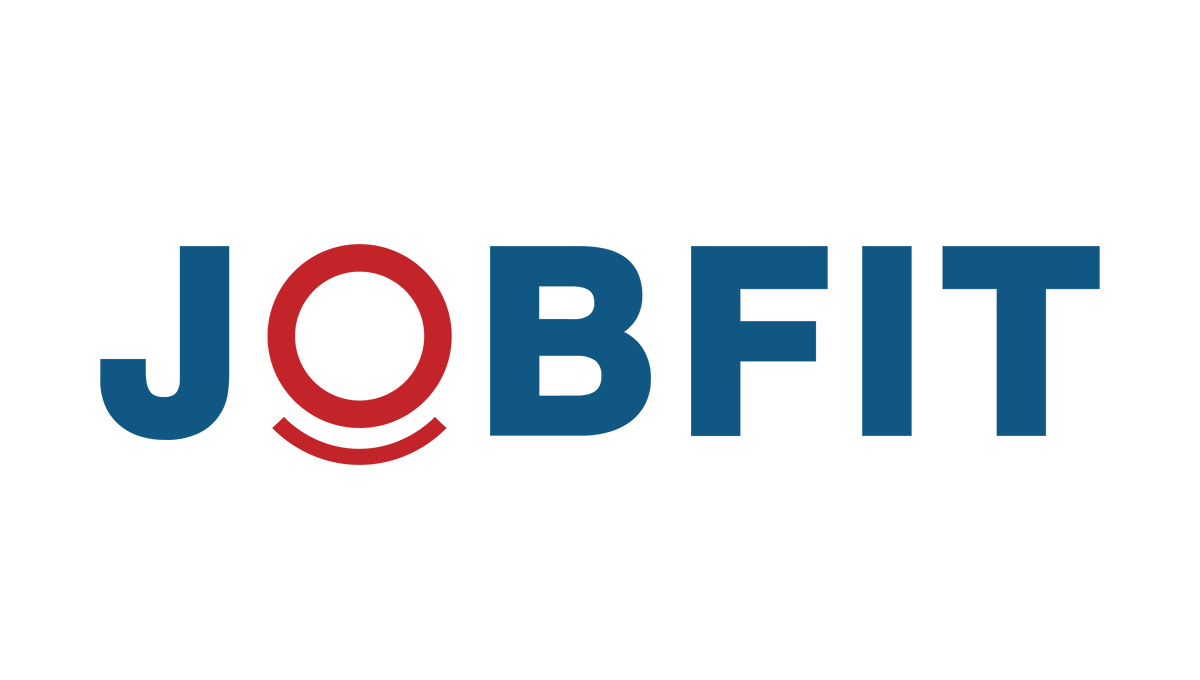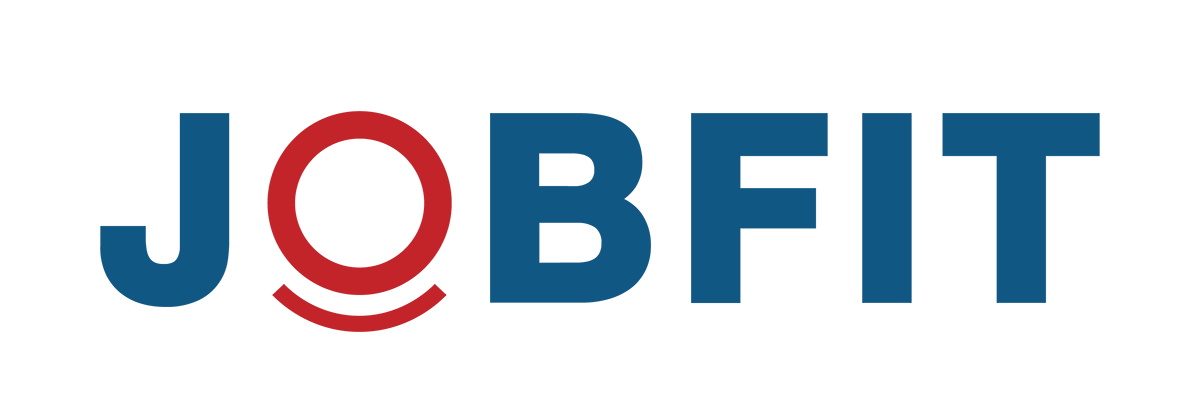Occupational Noise Induced Hearing Loss (ONIHL) is a significant health and economic problem in Australia. Exposure to loud noise is the most common preventable cause of hearing impairment, with occupational noise accounting for approximately 10% of adult-onset hearing loss.
Hazardous occupational noise can result in fatigue, tinnitus, increased risk for cardiovascular disorders (including heart disease and high blood pressure) and has been linked to employee absenteeism.
Mandatory Regulations
Safework Australia regulations regarding the management of noise and hearing testing across all Australian workplaces will become mandatory in April 2024.
We’ve summarised the key elements of the regulations to help you, as a person conducting a business or undertaking (PCBU), prepare for compliance and make sure you’re protecting your workforce appropriately.
What causes hearing loss?
The causes of hearing loss can include:
- Noise
- Infection
- Trauma
- Age
- Tumours
- Side effects from drugs and hazardous chemicals
- Explosions
- Ruptured eardrums
Exposure to excessive noise can result in hearing loss that either develops gradually over time or it can occur suddenly. It’s important to note that ONIHL can occur from exposure to both very loud noise for a short time, known as impact noise, or from prolonged exposure to moderate noise levels.
The intensity and duration of noise exposure has a direct impact on the severity of hearing loss, which can range from a slight shift in the threshold for detecting sounds at different frequencies to total deafness. Hearing loss is generally painless, so workers may not even be aware of it developing.
How much is too much?
According to the Safework Australia Code of Practice, the exposure standard is 85 dB(A) averaged over eight hours. Whether the exposure standard is exceeded depends on the level of noise involved and how long workers are exposed to it. Noise levels above 140db(A) can result in instant hearing loss and should be avoided at all costs.
The following table provides an indication of the length of time a person without appropriate hearing protection can be exposed to noise before the set standard (LAeq,8h = 85 dB(A)) is exceeded:
| Noise level db(A) | Exposure time before the standard is exceeded |
| 80 | 16 hours |
| 82 | 12 hours |
| 85 | 8 hours |
| 88 | 4 hours |
| 91 | 2 hours |
| 94 | 1 hour |
| 97 | 30 min |
| 100 | 15 min |
| 109 | 1.9 min |
| 118 | 14.4 sec |
| 127 | 1.8 sec |
Source: Safework Australia
Who is at most risk?
Hazardous noise is present in many industries in Australia where workers are exposed to noisy machinery and operating plants. The most common examples include:
- Agriculture
- Mining
- Manufacturing
- Construction
- Military
- Entertainment industry
Noise management
All PCBUs have a duty of care to provide hearing testing for their employees and to manage the risks of noise exposure, per the Code of Practice.
Effective workplace noise management is crucial to minimise the risk of hearing loss.
Noise management strategies may include:
- Elimination
- Substitution
- Engineering control
- Administrative control e.g. exposure time management
- Personal protective equipment (PPE) such as earmuffs and ear plugs. This should be selected and maintained in accordance with AS/NZS 1269.3:2005: Occupational noise management – hearing protector program.
- Audiometry performed in accordance with AS/NZS 1269.4:2014: Occupational noise management – Auditory assessment.
Hearing tests
Audiometric testing (hearing tests) are an essential part of occupational health and safety. Testing is guided by the AS/NZS 1269.4:2014 standard, which states that a “prescribed workplace” must provide hearing tests for employees within three months of commencing work (baseline test) and then at least every two years thereafter. A “prescribed workplace” is defined as one where workers are exposed to continuous noise of 85 dB or more in an eight-hour working day or a peak exposure of 140 dB and wear PPE.
Audiometric assessment types vary, depending on the situation.
They include:
- Baseline/screening audiometry: to ascertain a starting position for a new employee or an employee in a new role)
- Serial audiometry for monitoring and follow-up
- Diagnostic audiometry performed by an audiologist
- Exit audiometry when there is not a recent audiometry available: when a worker ceases employment with the PCBU to assess any decline in hearing over the course of their employment.
It is crucial for employers to prioritise occupational audiometric assessments to identify and prevent ONIHL. By implementing effective noise management strategies and conducting regular hearing tests, workplaces can protect their employees’ hearing health and overall well-being.
How can Jobfit help?
When conducting pre-employment assessments for candidates entering a role where there is potential risk of ONIHL, Jobfit can assist with audiometric testing as per the AS/NZS 1269.4:2014 standard.
Jobfit is also able to assist with ongoing serial audiometry for monitoring and follow up.
Learn more about the new WHS regulations regarding the management of noise and hearing testing across all Australian workplaces here. For more information about our pre-employment and other medical assessments, please contact us.


